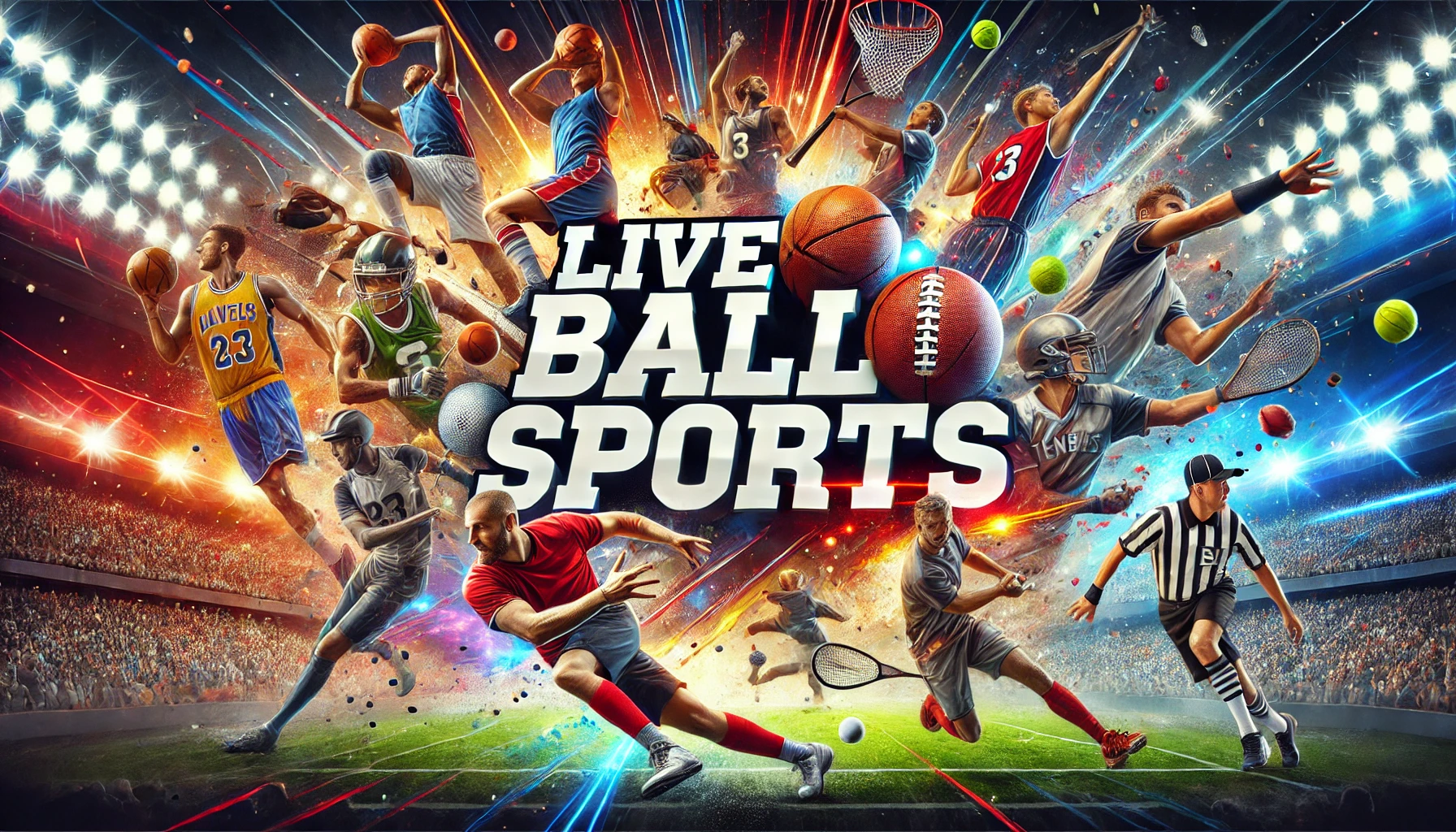WILLIAMSPORT — Amid the whirlwind of changes and challenges in the sports world, the landscape of college athletics continues to evolve rapidly. Issues like gambling, NIL (Name, Image, Likeness) payouts, and free agency are now part of the daily conversation for fans and players alike.
One recent example comes from Saint Francis University, which made headlines earlier this year when the men’s basketball team qualified for the NCAA tournament. This feat showcased the power of determination in the face of adversity. Despite having no NIL funding, the team, known as the Red Flash, earned their spot, demonstrating that underdogs still had a fighting chance.
However, just as this story was beginning to inspire many, the board of trustees at Saint Francis announced a significant decision. Less than a month after their tournament achievement, they revealed plans to drop out of Division I sports. This move illustrates a shifting tide where underdog stories like that of the Red Flash may become rarer as schools seek financial stability over competitive spirit.
In addition to this change, the NCAA recently opened the door for schools to make direct payments to top athletes. While this might seem beneficial, it brings a host of uncertainties with roster limits that may greatly affect major college football programs. If fewer spots are available, opportunities for future stars, similar to NFL standout Josh Allen, could be limited. Furthermore, stories of athletes with humble beginnings, like Rudy Ruettiger, may fade away completely.
A recent investigative study pointed out that money and the urge to “win at any cost” have long plagued college sports. The findings, surprisingly, were echoed in writings from 1905, showing that the woes of intercollegiate athletics are not new. Today, college football coaches at state-funded universities hold the title of the highest-paid public employees, overshadowing even seasoned politicians. Many argue that this is a reflection of a broader issue in sports where money takes precedence over the heritage and stories that once defined athletics.
As college athletics continues to shift towards a profit-driven model, it raises concerns about who will truly benefit. While fans will surely watch the games, many inspiring underdog tales we cherish might never reach the spotlight again. The balance between ambition and financial gain will undoubtedly shape the future of college sports, leaving us to wonder what stories might fade away before they even begin.


